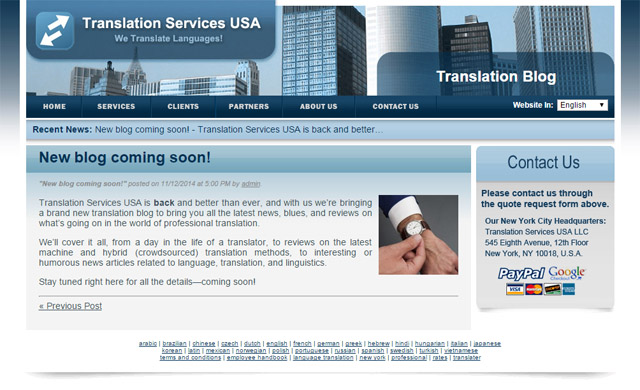What’s the Difference: Professional, Machine, and Hybrid/Post-Edited Translation
Lots of people presume they know just how localization functions. You take words from one language and also make them understandable in another. Certain, there are a couple of hurdles to accomplishing solid understanding, like expressions and differing social understanding bases, however it must be a relatively simple process.

After that you inquire about having web content localized And you understand it’s not straightforward. All of a sudden, phrases are flying at you from all sides. HT. PEMT. MT. What? Somebody call a translator!
In this series, we’ll damage down maker localization, post-edited device localization and also human localization into their most basic definitions, and also reveal you just how they work in real-world contexts, so you can pick the ideal remedy and vendor for your task.
The 3 major types of localization, localized.
HT, PEMT, MT. If you don’t speak fluent acronymese, these could toss you. Allow us present you to these terms in their easiest kinds.
HT (human localization).
HT is the oldest form of localization, relying entirely on human knowledge to convert one method of stating things to one more. It likewise stays the highest quality form of localization, because no device can quite capture the nuances of language, significance as well as culture in addition to a specialist, experienced human translator. Nevertheless, technical advancement hasn’t left human localization behind. Instead, it has actually taken it to a whole brand-new level with group systems.
Below is just how a crowd system works. In a localization agency, a typical HT procedure would include permanent or self-employed translators working alone or in small teams to by hand handle data. Nonetheless, scaling could be troublesome with huge jobs, which is why technology-leveraged “crowd” systems utilize countless translators’ functioning concurrently on electronic texts within a system that works with and handles the project. Crowd strategies not only address the scalability problem, they also lower the price of human localization.
MT (device localization).
MT, at its the majority of standard, is what Google Translate does– it’s a software-based process that localizes web content from one language to another. The troubles emerge (as any individual that has used Google Translate understands) when words have numerous meanings, or various undertones. Linguistic quality and accuracy vary depending on the localization software application as well as how well it’s been tuned (as well as you can do substantially better than Google Translate).
The major benefit is that a device can do in minutes what would certainly take a human translator hours, makings this the least costly localization method. But, you recognize exactly what they say: you obtain exactly what you spend for.
PEMT (post-edited machine localization).
Typically, PEMT is used to connect the gap between the rate of device localization and the high quality of human localization, as translators testimonial, edit as well as boost machine-localized texts. PEMT solutions cost greater than ordinary machine localizations however less than 100% human localization, specifically given that the post-editors don’t have to be with complete confidence bilingual– they simply need to be skilled proofreaders with some experience in the language and target area.
Effective localization is about more than just words, which is why we promote for not simply human localization by experienced linguists, but also for localization by people deeply familiar with the societies they’re composing for.
Life experience, research study as well as the knowledge that just comes from staying in a geographic area can make the difference in between words that are reasonable as well as language that can having real, positive effect. We do not have an acronym for this yet, but if you can think of a great one, inform us on Twitter @TranslationUSA!




